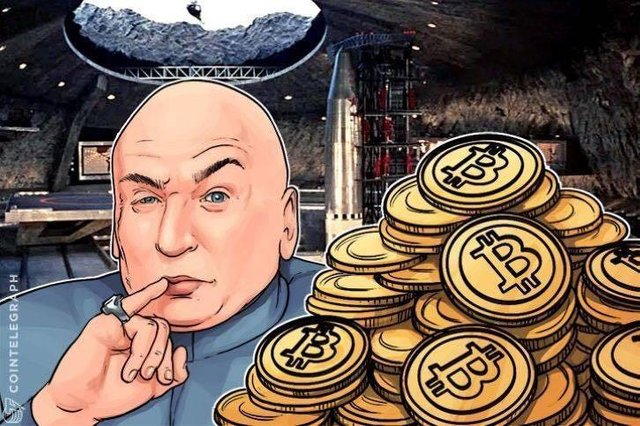Bitcoin Cash Price Poised to Plummet Once Network Stabilizes

Two days after the chain split that resulted in the launch of Bitcoin Cash, the fledgling coin is quite an unusual position. The Bitcoin Cash network is almost non-functional due to extremely slow block times, inherited as a result of Bitcoin’s mining difficulty at the time of the fork. The token itself is quite valuable—trading for over $400—but only for a small fraction of the people who own them.
Exchanges
No major exchanges have Bitcoin Cash deposits enabled, which means that the only people who can sell Bitcoin Cash are the ones who had funds on certain exchanges before the split. Those exchanges (including Bitfinex and Kraken) have credited their users with the appropriate amount of Bitcoin Cash and have enabled trading pairs.
Not all exchanges will be launching Bitcoin Cash trading pairs. Of the exchanges that don’t trade Bitcoin Cash, some will be crediting users and allowing them to withdraw their Bitcoin Cash. Others may choose not to even acknowledge Bitcoin Cash, and may not credit their users with the tokens.
Water, water, everywhere, nor any drop to drink
Bitcoin Cash deposits are disabled at all major exchanges because the Bitcoin Cash network is not yet safe to use. Due to its low mining hash rate, the Bitcoin Cash network is extremely vulnerable to attacks. Likewise, because of the small number of blocks that have been found since the split, a dedicated attacker could easily trigger a Blockchain reorganization.
Such an attack would wipe out all trading history on the new network. Furthermore, it is difficult to send transactions on the Bitcoin Cash network at all, due to the incredibly long block times. All of this has resulted in a situation where most would-be sellers of Bitcoin Cash are completely unable to trade.
Bitcoin Cash crash?
All of this begs the question: is a crash imminent? At present, demand is absorbing an extremely limited supply and pushing prices up. Once the Bitcoin Cash network stabilizes and exchanges begin opening up deposits, there will likely be a massive influx of sellers. Assuming that demand remains stable, such a drastic increase in supply will likely cause the price to drop significantly.
The Bitcoin Cash code includes a feature to reduce the mining difficulty if the time between blocks is too long. That code should activate at some point today, resulting in a much lower difficulty and much faster discovery of blocks. Once the network stabilizes, and it is safe to do so, exchanges that trade Bitcoin Cash will likely open up deposits.
One last wild card
So far Bitcoin has been largely unaffected by the chain split. After briefly dropping from $2,900 to $2,600 shortly before the split, Bitcoin’s price has stabilized in the $2,700 range.
Virtually all Bitcoin miners are still mining Bitcoin, with almost none having switched to Bitcoin Cash. However, this could conceivably change, although it’s unlikely.
The only remaining wild card is the following scenario. What if the Bitcoin Cash network stabilizes, exchanges open up Bitcoin Cash deposits, and the price somehow remains stable (or drops then quickly rebounds)?
In such a situation, Bitcoin miners might see that it is more profitable to mine Bitcoin Cash, and enough miners might switch over to cause a small increase in Bitcoin block times.
Safety valve theory
The most vehement political opponents of the Segregated Witness scaling solution are likely to fully embrace Bitcoin Cash and leave the Bitcoin community altogether.
Consequently, the new currency will act as a sort of safety valve, allowing steam to escape before the pressure climbs high enough to rupture the vessel. Other big blockers who are willing to accept the SegWit2x compromise will likely remain, but grow less political.
Assuming that the “2x” part of SegWit2x is actually implemented as planned, Bitcoin’s long civil war may finally be over.
Go to @bible.com